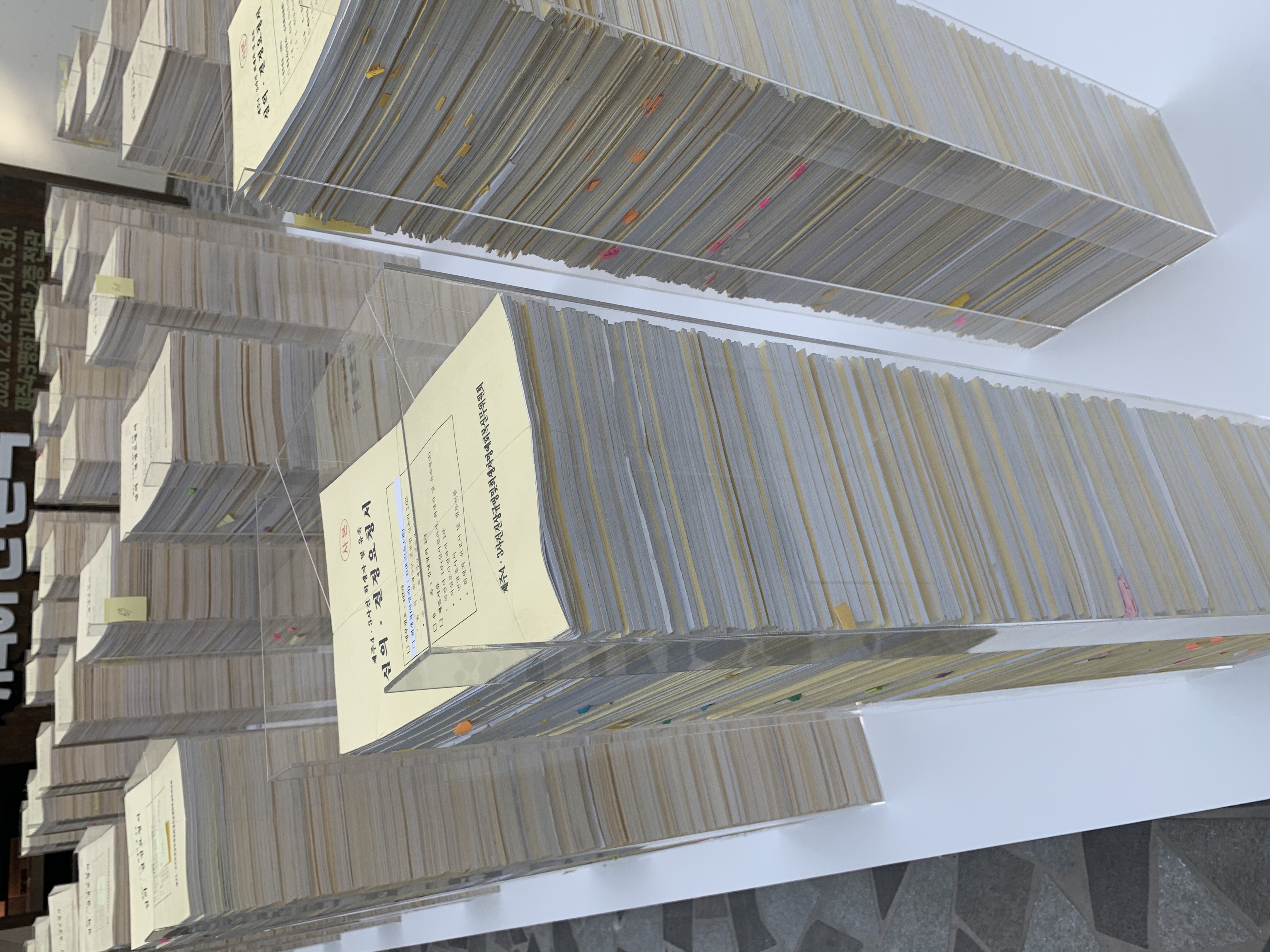 Ban Yeong-gwan, Head of Research and Investigation Team
Ban Yeong-gwan, Head of Research and Investigation Team
Why Should Jeju 4·3 Gain Global Recognition?
Despite years of forced silence, Jeju 4·3 emerged from darkness into light and stands as a compelling model for addressing historical injustices. The tragic memory of “at least one immediate family member, or a cousin, losing their life,” was met with resilience, as survivors endured the darkest times and built democracy from the ground up, culminating in the government’s investigation of truth and formal apology. Through measures such as the designation of a National Memorial Day, individual reparation for victims, and ex officio retrials and acquittals for unjustly convicted Jeju 4·3 prisoners, as well as reconciliation and coexistence efforts led by bereaved families, Jeju 4·3 continues to serve as a powerful example of confronting and resolving historical issues.
Gaining global recognition for Jeju 4·3 is an essential step toward achieving justice for historical injustices. Contrary to common misconceptions, the goal of raising awareness about Jeju 4·3 is neither to highlight its tragic past nor to glorify its achievements. Instead, global recognition marks the path toward a true restoration of honor. The state violence of Jeju 4·3 stemmed from ideological conflicts within the global Cold War framework. At the time, renowned international media misrepresented Jeju as “an island of communists.” Domestically, with the enactment of the Jeju 4·3 Special Act, the publication of the Jeju 4·3 Incident Investigation Report, and the President’s formal apology, distorted perceptions of Jeju 4·3 have gradually subsided. However, these truths remain largely unrecognized within the international community. Notably, as the United States and the UN―both deeply connected to Jeju 4·3―have yet to express an official stance, global recognition can serve as a foundation for fostering international solidarity which drives meaningful change.
Furthermore, gaining global recognition for Jeju 4·3 is central to our mission of preventing the recurrence of state violence and human rights violations. Sharing the 76-year journey of truth-seeking and reconciliation regarding Jeju 4·3 imparts valuable lessons and a vision for peace and reconciliation to those grappling with conflicts rooted in race, beliefs, or affiliations. For these reasons, organizations working on Jeju 4·3-related efforts continue to devote significant efforts toward achieving global recognition.
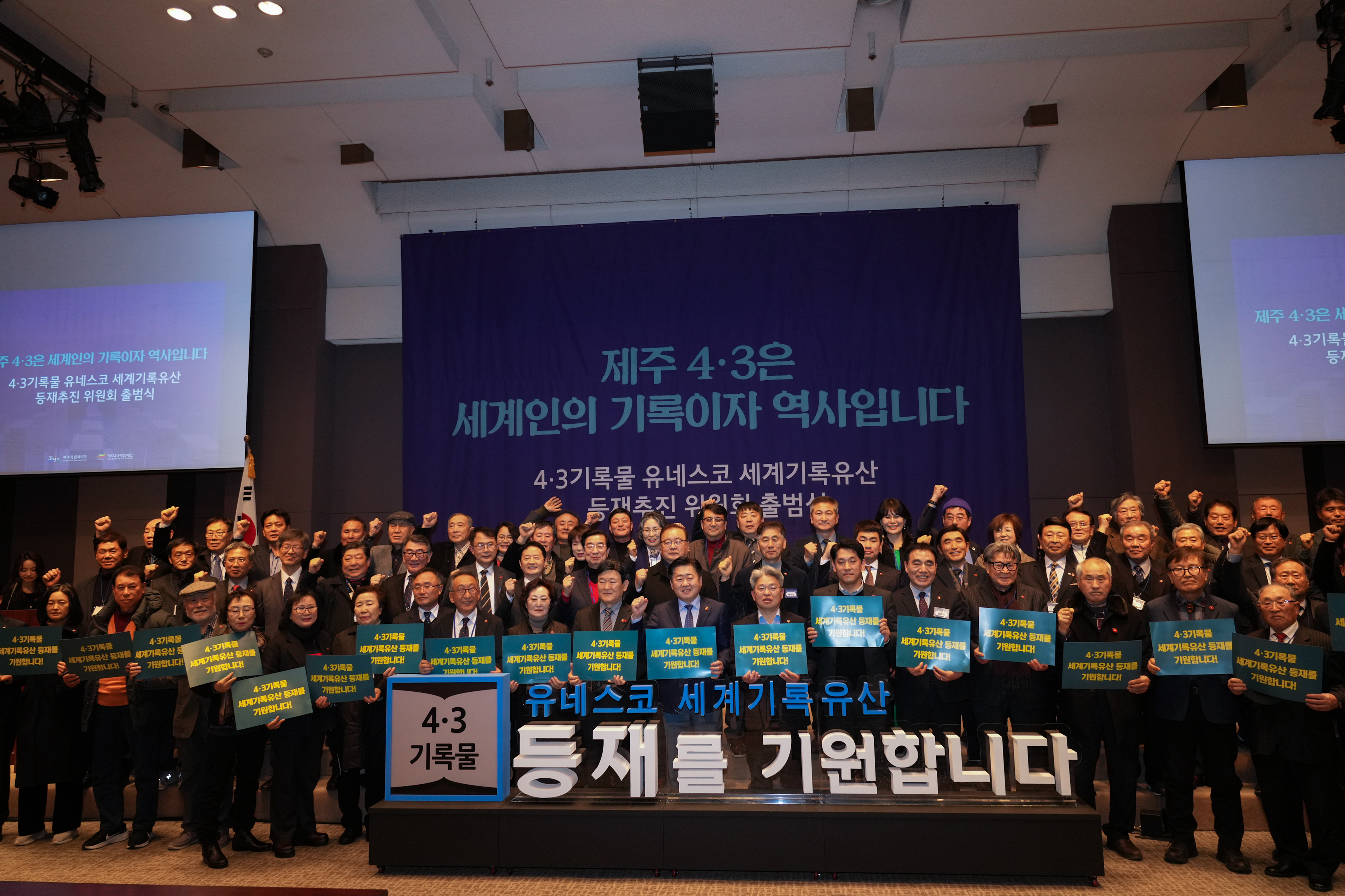 Inauguration of the Jeju 4‧3 UNESCO Memory of the World Inscription Committee (February 20, 2023)
Inauguration of the Jeju 4‧3 UNESCO Memory of the World Inscription Committee (February 20, 2023)
“Revealing the Truth: The Archives of Jeju 4‧3”
The UNESCO Memory of the World program has been implemented since 1992 to systematically preserve and utilize globally significant documentary heritage. Items are selected every two years through a rigorous review process, and currently, 496 items from 84 countries are inscribed. Since the registration of the Haerye Edition of Hunminjeongeum and the Annals of the Joseon Dynasty in 1997, South Korea has had a total of 18 items inscribed in the UNESCO Memory of the World list.
Efforts to register Jeju 4·3 records on the UNESCO Memory of the World list began in 2011, following a proposal from academics and local civic groups inspired by the successful inscription of the May 18 Democratization Movement documents. Since 2019, the Jeju 4‧3 Peace Foundation, in collaboration with the Jeju Special Self-Governing Province, has spearheaded systematic preparations led by its Research and Investigation Office. These efforts include data compilation, the selection of key materials, and case studies of existing inscriptions. Collected materials encompass village-level documents, records produced by media and civic groups in the 1980s, government documents unearthed during the Jeju 4‧3 Committee investigations, and overseas sources, all of which have been cataloged and selected.
The foundation has sought to deepen understanding and interest in the Memory of the World program by hosting international academic symposiums and special exhibitions such as 《Traces That Became a Document》 and has prepared its application through expert consultations and exchanges with domestic and international organizations. In February 2023, the foundation launched the Jeju 4‧3 UNESCO Memory of the World Inscription Committee in collaboration with the Jeju Special Self-Governing Province, the Jeju Provincial Council, the Jeju Provincial Office of Education, and local civic groups at the Korea Press Center in Seoul. It has also conducted a nationwide campaign to support the inscription.
Thanks to these efforts, in November 2023, the Korean National Commission for UNESCO, which oversees the Memory of the World program operated by the Cultural Heritage Administration, selected “Revealing the Truth: The Archives of Jeju 4‧3” as South Korea’s official nomination for the UNESCO Memory of the World list.
The application includes a total of 14,673 documents, postcards, videos, audio files, and epitaphs related to the April 3 uprising and subsequent massacres, the truth-seeking efforts, and reconciliation and coexistence movements. Among the most notable materials are key documents detailing state violence and civilian massacres caused by Cold War ideological confrontations post-World War II, such as court martial inmate registers and postcards sent from prisons. Also included are records of the truth-seeking movement, which was carried out under harsh repression, the Jeju 4‧3 Incident Investigation Report issued under the Jeju 4‧3 Special Act, and documents detailing the resolution process led by bereaved families, civil society, the provincial council, and the national government. Additionally, materials documenting efforts toward peace and reconciliation reflect the noble spirit of Jeju residents and bereaved families who embraced both perpetrators and victims. These include the 2013 Reconciliation and Coexistence Declaration jointly issued by the Association of the Bereaved Families of Jeju 4‧3 Victims and the Police Veterans Association, as well as the Yeongmowon Memorial Park, established in 2003. The final decision on the inscription will be made by UNESCO headquarters through expert review, deliberation, and resolution, possibly as early as the first half of 2025. The inscription of the Jeju 4‧3 archives is expected not only to raise global awareness of the tragedy that unfolded in Jeju but also to offer hope and courage to global citizens striving for justice and peace.
This October, exhibitions showcasing key records of Jeju 4‧3 will be held in Berlin, Germany, and London, UK, alongside joint symposiums featuring experts in history and human rights. These events aim to enhance local understanding of Jeju 4‧3 and build consensus on the inscription of its archives on the UNESCO Memory of the World list. The Jeju 4‧3 Peace Foundation, together with the Jeju Special Self-Governing Province and related organizations, will continue its efforts to raise awareness of the truth of Jeju 4‧3 and highlight the significance of its record in human history.
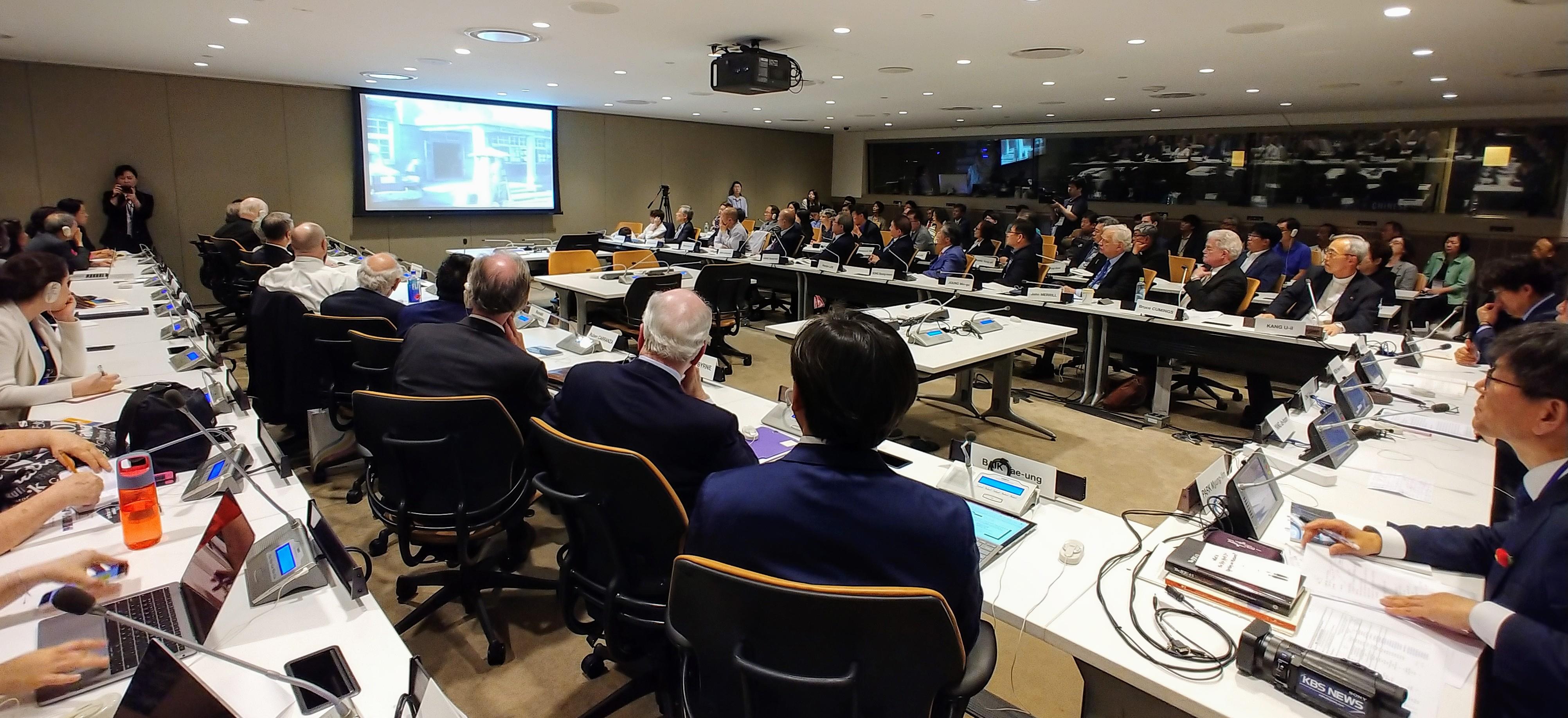
´º¿å À¯¿£º»ºÎ¼ ù ‘Á¦ÁÖ4¡¤3 ½ÉÆ÷Áö¾ö’
(´º¿å=¿¬ÇÕ´º½º) ÀÌÁؼ ƯÆÄ¿ø = À¯¿£ÁÖÀç Çѱ¹´ëÇ¥ºÎ°¡ ÁÖÃÖÇÏ°í Á¦ÁÖµµ¿Í °Ã¢ÀÏ ±¹È¸ÀÇ¿ø½Ç, Á¦ÁÖ4¡¤3ÆòÈÀç´ÜÀÌ °øµ¿ÁÖ°üÇÑ ‘Á¦ÁÖ4¡¤3 À¯¿£ À뱂 ½ÉÆ÷Áö¾ö’ÀÌ Áö³ 20ÀÏ(ÇöÁö½Ã°£) ¿ÀÈÄ ´º¿å À¯¿£º»ºÎ¿¡¼ ÁøÇàµÇ°í ÀÖ´Ù.
À¯¿£º»ºÎ¿¡¼ Á¦ÁÖ4¡¤3 °ü·Ã Çà»ç°¡ ¿¸° °ÍÀº À̹øÀÌ Ã³À½ÀÌ´Ù. 2019.6.21
jun@yna.co.kr/2019-06-21 14:21:55/
The UN Symposium on Jeju 4‧3 and Human Rights held at UN Headquarters, New York (June 20, 2019)
Demanding the Role and Responsibility of the United States in Jeju 4‧3 Truth-Seeking Efforts
The question of U.S. responsibility is unavoidable in seeking the truth about Jeju 4‧3 and restoring its proper name. Jeju 4‧3 began under the U.S. military government and resulted in a brutal suppression operation guided by U.S. military advisors, leading to the tragic deaths of countless Jeju residents. This is why persistent calls for addressing U.S. responsibility remain essential to achieving a comprehensive truth-seeking process and a just resolution.
Following the President’s formal apology, which marked progress in domestic truth-seeking efforts, bereaved families and civic groups began demanding acknowledgment of responsibility and an official apology from the United States through various channels. However, awareness of this incident and its connection to the U.S. government remains limited within the United States. To address this, the Jeju 4‧3 Peace Foundation has held international academic symposiums in collaboration with various organizations to draw global attention to the issue.
Since 2019, these symposiums have been held at venues such as the UN Headquarters, the Woodrow Wilson Center, and the Goethe-Institut in Seoul, engaging prominent international figures and scholars in discussions on Jeju 4‧3 and the role of the United States.
The 2019 symposium held at the UN Headquarters in New York featured notable participants, including John Merrill, former head of the Northeast Asia Bureau at the U.S. Department of State; Bruce Cumings, Distinguished Service Professor at the University of Chicago; and Charles Hanley, Pulitzer Prize-winning former AP editor. At the time, Charles Rangel, former U.S. Congressman from New York, garnered significant attention by stating that for a strong U.S.-Korea alliance, past issues such as Jeju 4‧3 must be addressed honestly. Bruce Cumings and John Merrill emphasized that the U.S. bears significant responsibility for the massacre of approximately 30,000 people, amounting to one-tenth of Jeju’s population.
At the 2022 symposium in Washington, D.C., Professor Sung Yoon Lee from Tufts University argued that the role of the United States in Jeju 4‧3 must be clarified since it occurred under its military governance. He suggested President Biden visit the Jeju 4‧3 Peace Park to offer condolences to the victims and their families. Former U.S. Ambassador to South Korea Kathleen Stephens emphasized that the U.S. must confront the issue of Jeju 4‧3 directly. She also highlighted the need for joint efforts by Korea and the United States, supported by persistent efforts for change and diverse public advocacy urging the U.S. government to take responsibility. At the 2023 symposium in Seoul, participants reaffirmed the importance of raising international awareness of U.S. responsibility, demanding an official stance from the U.S. government, and collaborating with global human rights organizations to achieve this goal.
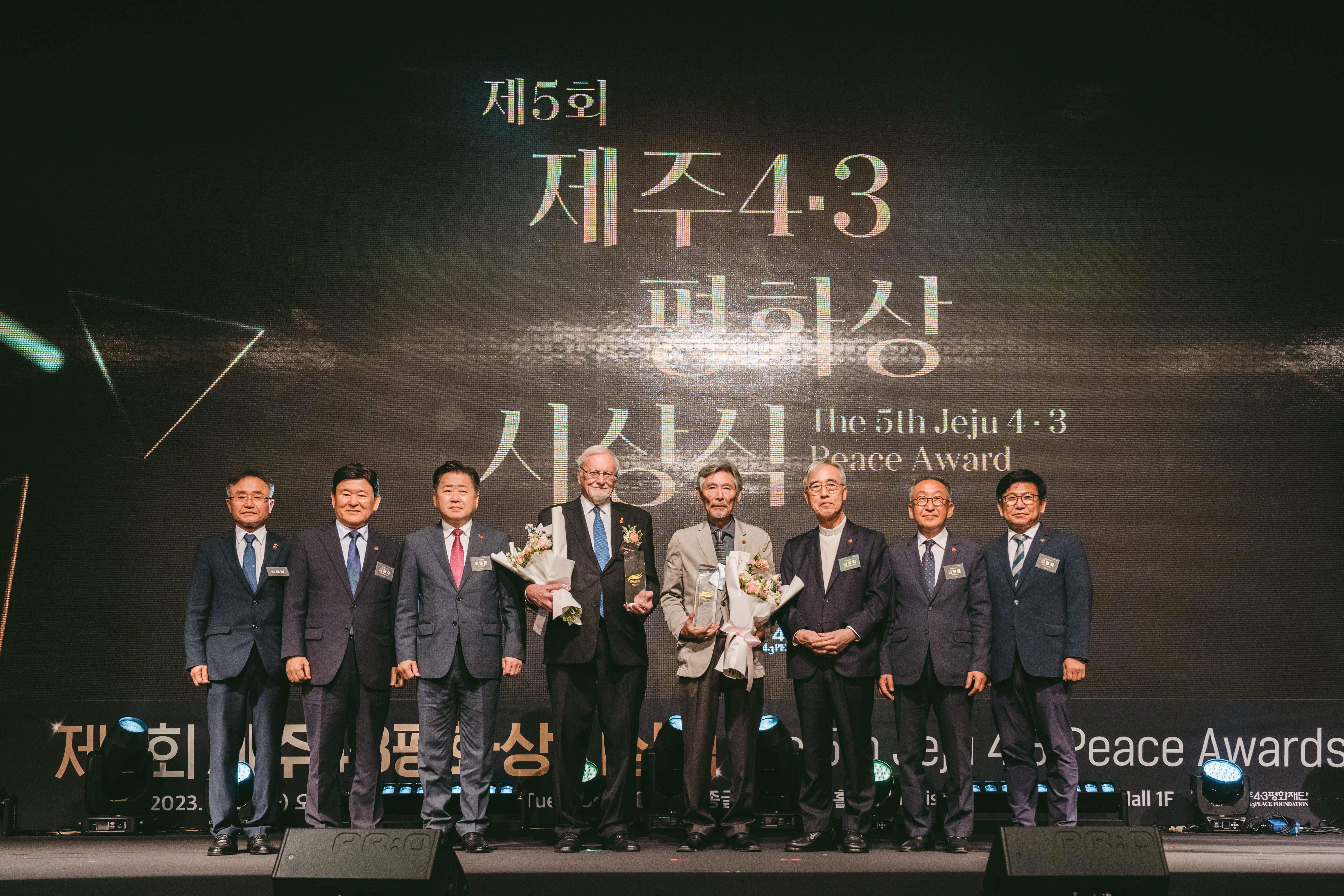 The 5th Jeju 4‧3 Peace Prize Ceremony (May 30, 2023): Gareth Evans wins main prize; special prize awarded to Kang Yo-bae
The 5th Jeju 4‧3 Peace Prize Ceremony (May 30, 2023): Gareth Evans wins main prize; special prize awarded to Kang Yo-bae
The Jeju 4‧3 Peace Prize: Spreading Awareness of Human Rights Protection
The Jeju 4‧3 Peace Prize was established to commemorate the pain of Jeju 4‧3 and to honor global efforts for peace and human rights. The prize recognizes individuals and organizations that have contributed to uncovering the truth about Jeju 4‧3, advancing peace in war-torn or conflict regions, or bravely combating human rights violations. By highlighting these contributions, the prize inspires and amplifies global awareness of these critical issues.
The inaugural Jeju 4‧3 Peace Prize was awarded in 2014. Author Kim Sok-pom received the main prize for his novels The Death of a Crow (1957) and Volcano Island (1976–1998), which played a pivotal role in raising awareness of Jeju 4‧3’s history. Indonesian human rights activist Muhammad Imam Aziz was honored with the special prize.
The special prize for the second Jeju 4‧3 Peace Prize went to historian Bruce Cumings, whose Origins of the Korean War series significantly increased international understanding of the Korean War and Jeju 4‧3.
The third Jeju 4‧3 Peace Prize’s main award was presented to author Hyun Ki-young for his groundbreaking novel Sun-i Samch’on, the first South Korean literary work to address the tragedy of Jeju 4‧3. Hyun also served as the first director of the Jeju 4‧3 Research Institute, leading truth-seeking efforts and research on Jeju 4‧3. The special prize was jointly awarded to two Vietnamese women, both named Nguyễn Thị Thanh, for their advocacy in uncovering civilian massacres committed by South Korean troops during the Vietnam War.
For the fourth Jeju 4‧3 Peace Prize, Dan Smith, director of the Stockholm International Peace Research Institute, was awarded the main prize for his contributions to global peace research and conflict resolution. The special prize went to the Jeju 4‧3 Hallasan Mountain Society, an Okinawa-based organization that has worked tirelessly to educate on and raise awareness of Jeju 4‧3 in Japan.
In 2003, the fifth Jeju 4‧3 Peace Prize’s main award was presented to Gareth Evans, former Australian Foreign Minister and co-chair of the Global Centre for the Responsibility to Protect, in recognition of his leadership in international human rights and nuclear disarmament efforts. Artist Kang Yo-bae received the special prize for his profound artistic expressions depicting the pain and history of Jeju 4‧3, which have brought the tragedy to wider audiences.
The Jeju 4‧3 Peace Prize not only remembers the pain of Jeju 4‧3 but also spreads the spirit of reconciliation and coexistence on a global scale. The prize will continue to support those dedicated to peace and human rights while playing a crucial role in spreading the spirit of solidarity and human rights protection embodied in Jeju 4‧3.
At the invitation of Mongolia’s State Commission on Rehabilitation, the Special Exhibition “The History of the Republic of Korea: Jeju 4‧3” running from September to October 2023 at the National Museum of Mongolia.
International Exchange and Solidarity for Resolving Historical Issues
The Jeju 4‧3 Peace Foundation actively collaborates with various countries to share the historical truth of Jeju 4‧3 and to strengthen international solidarity and cooperation in addressing historical injustices.
The special exhibition “The History of the Republic of Korea: Jeju 4‧3,” first presented at the National Museum of Mongolia in 2023 at the invitation of Mongolia’s State Commission on Rehabilitation, is a notable outcome of these exchanges and collaborations. Through panels and video materials, the exhibition introduced Mongolian audiences to the truth about Jeju 4‧3 and its journey toward restoring honor.
Since 2012, the foundation has also worked closely with Taiwan’s 228 Memorial Foundation, Taiwan’s National Human Rights Museum Preparatory Office, and Japan’s Hiroshima Peace Memorial Museum and Okinawa Prefectural Peace Memorial Museum. These partnerships aim to share experiences and knowledge in addressing historical injustices while promoting international awareness.
Through such international exchanges and collaborations, the Jeju 4‧3 Peace Foundation strives to share the truth about historical injustices and to advance the values of peace and human rights worldwide. Its partnerships with Mongolia, Taiwan, Japan, and other nations go beyond simple exchanges, demonstrating the critical role of international solidarity in resolving historical issues. The foundation remains committed to expanding its efforts to share the historical significance of Jeju 4‧3 with the global community.
The Path Forward for Gaining Global Recognition for Jeju 4‧3
Efforts to gain global recognition for Jeju 4‧3 focus on highlighting its historical lessons as a case of state violence and human rights suppression, while also presenting it as an exemplary model for overcoming historical injustices and fostering societal change. These initiatives aim to raise awareness about the dangers of human rights abuses and to provide solutions for addressing historical issues. Key initiatives include the inscription of Jeju 4‧3 archives on UNESCO’s Memory of the World list, the hosting of international human rights symposiums on Jeju 4‧3, the presentation of the Jeju 4‧3 Peace Prize, and collaborations with Mongolia, Taiwan, and Japan. Together, these efforts help share the truth of Jeju 4‧3 with the world and advance the values of peace and human rights globally.
Moving forward, the foundation will continue to strengthen international solidarity and exchanges, focusing on achieving genuine restoration of honor and promoting reconciliation and coexistence for the victims and their families. Just as the truth-seeking movement by bereaved families and civic groups led to the enactment of the Jeju 4‧3 Special Act, the foundation aims to reveal and share the truth of Jeju 4‧3 on a new level through solidarity with the international community. Furthermore, the foundation seeks to assist in addressing human rights violations faced by other countries and communities, ensuring that such tragic histories are never repeated anywhere in the world, and to spread the spirit of peace and reconciliation globally.
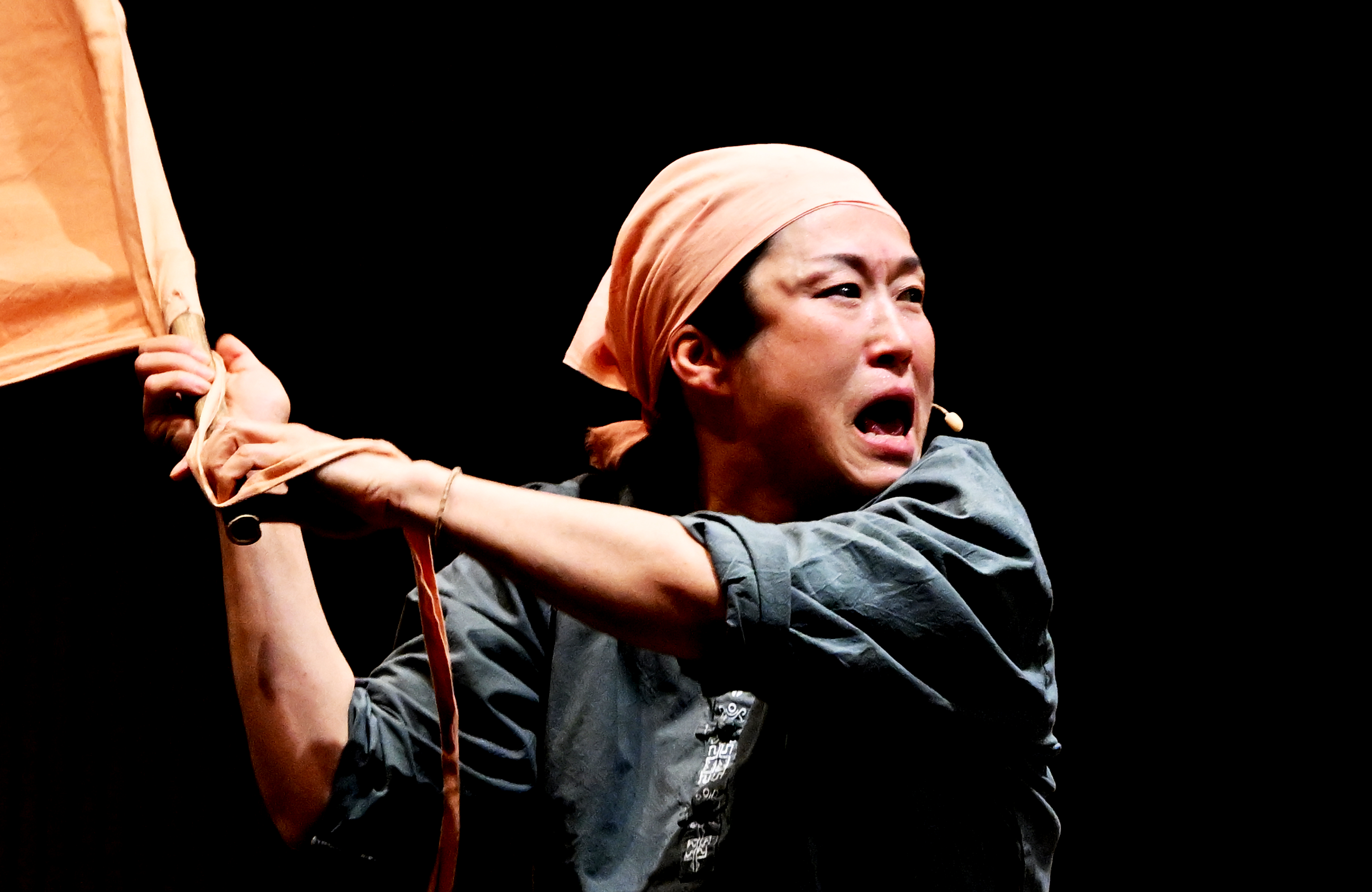
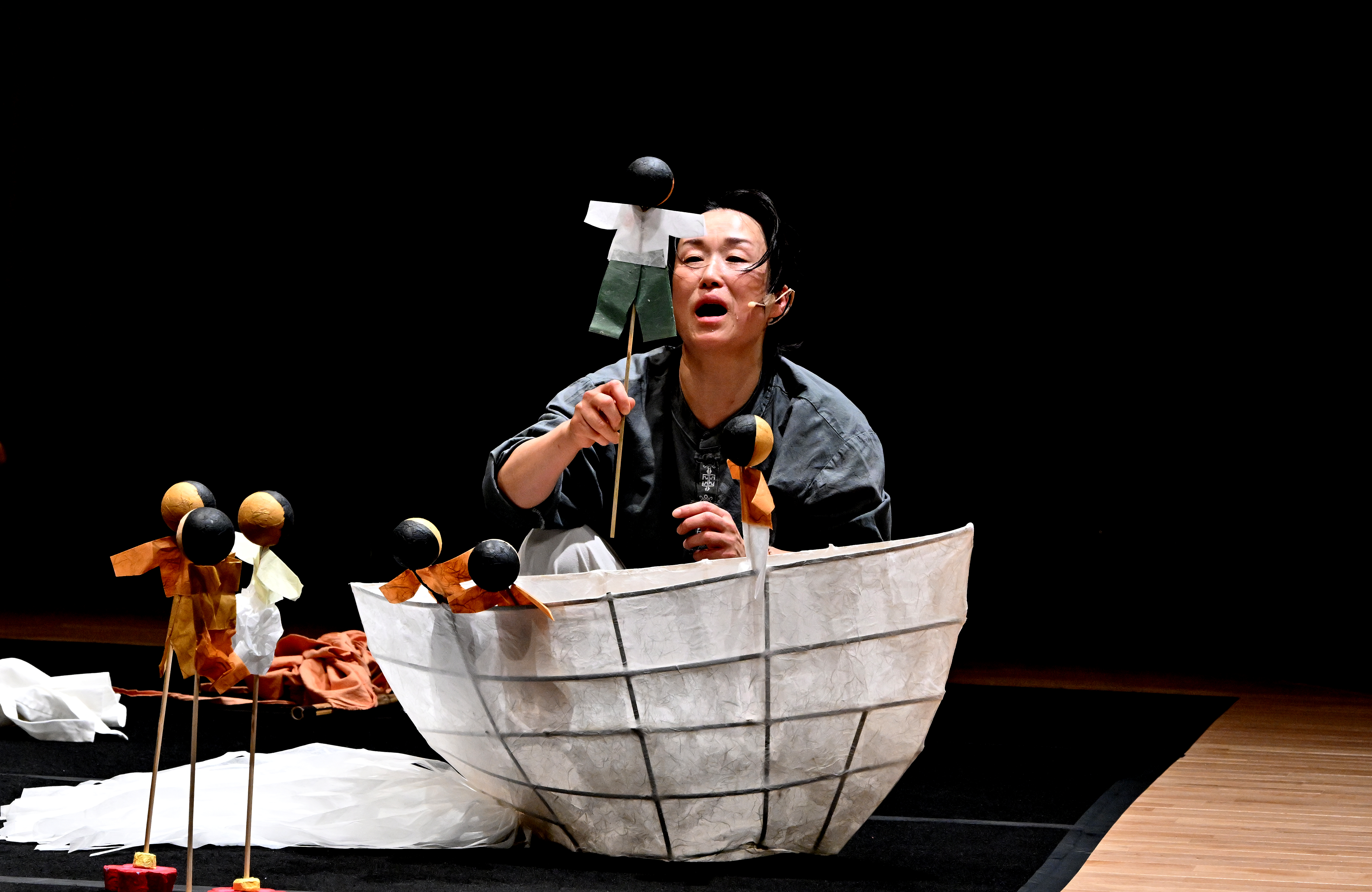
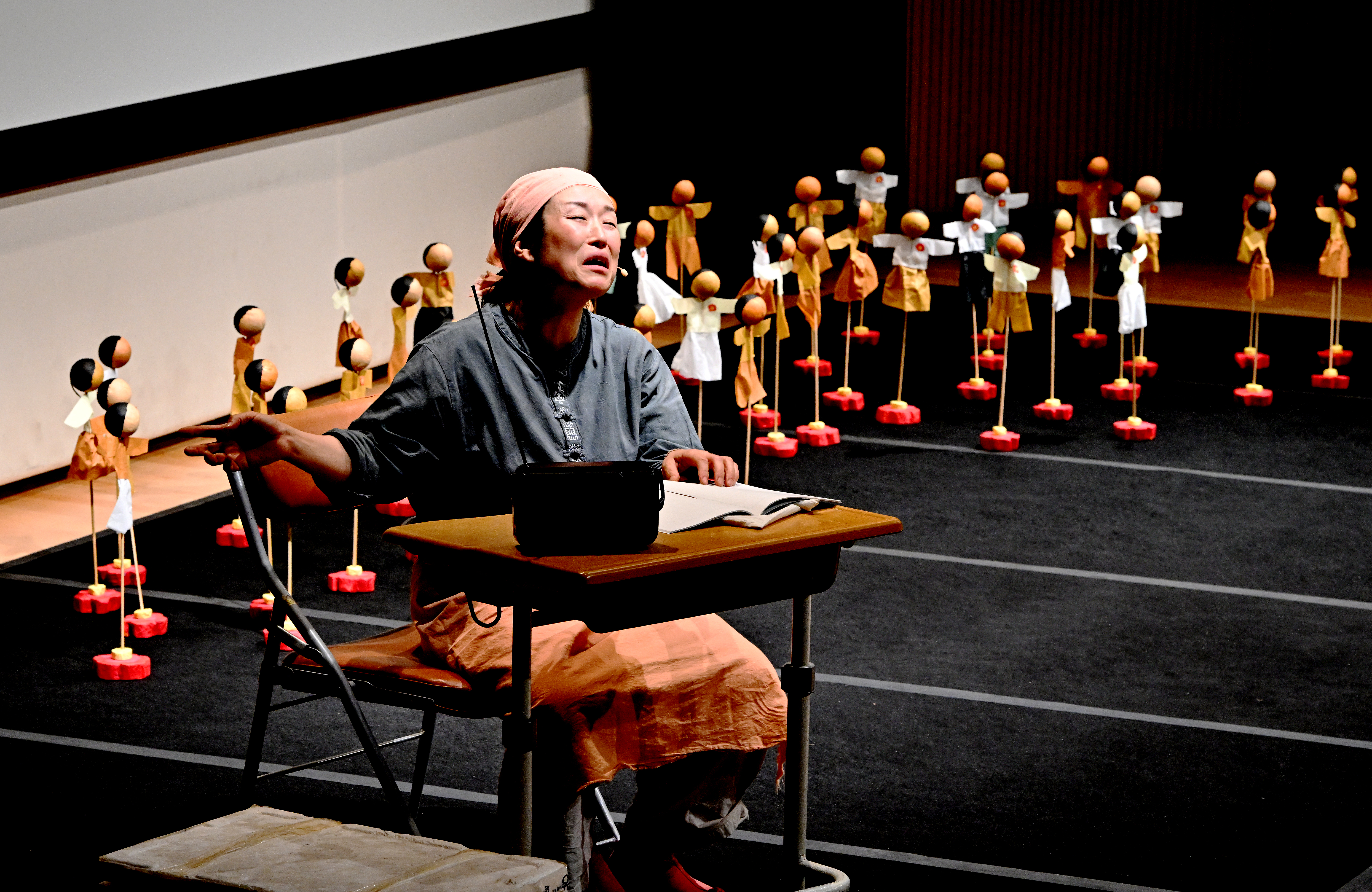
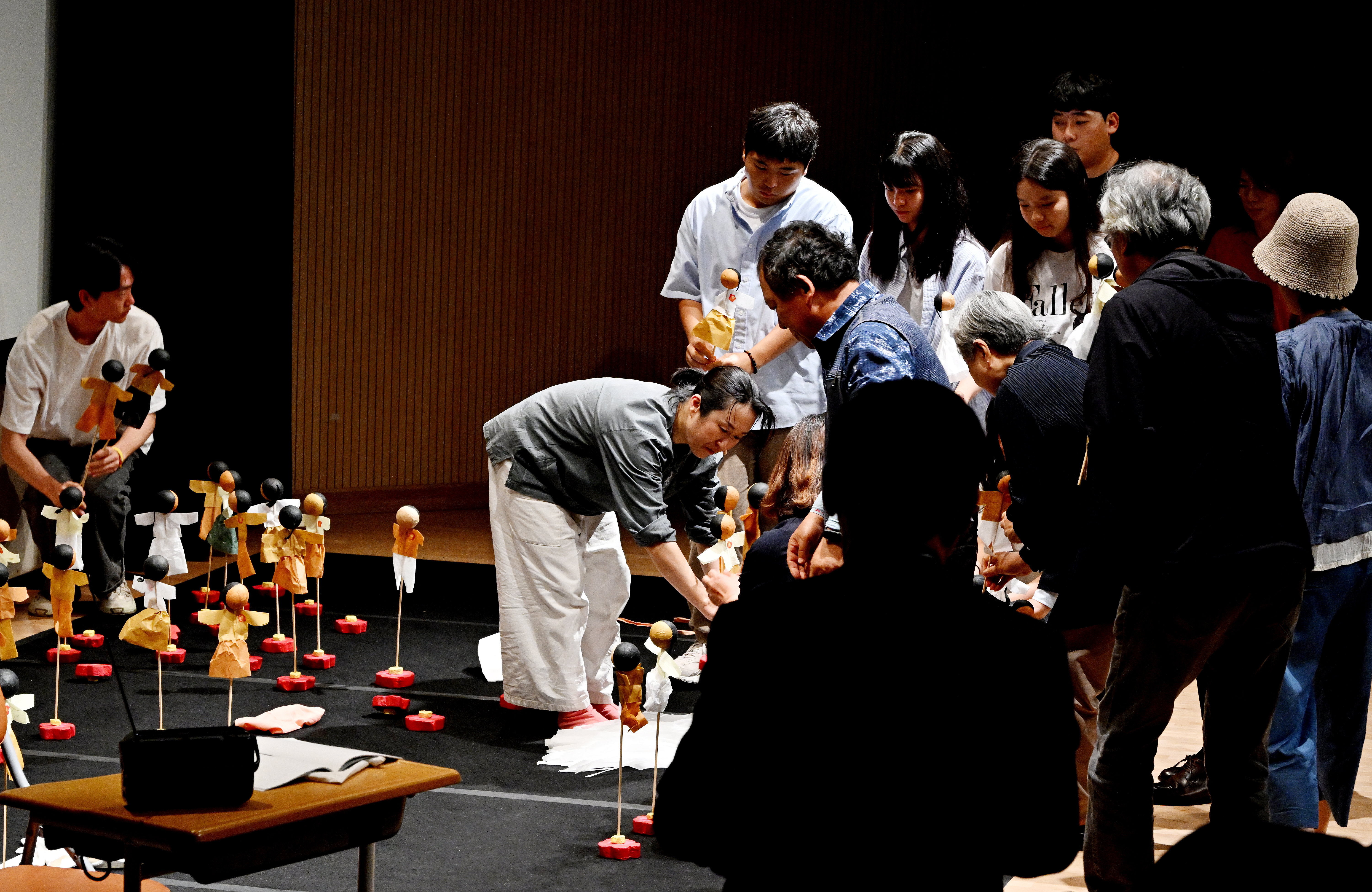
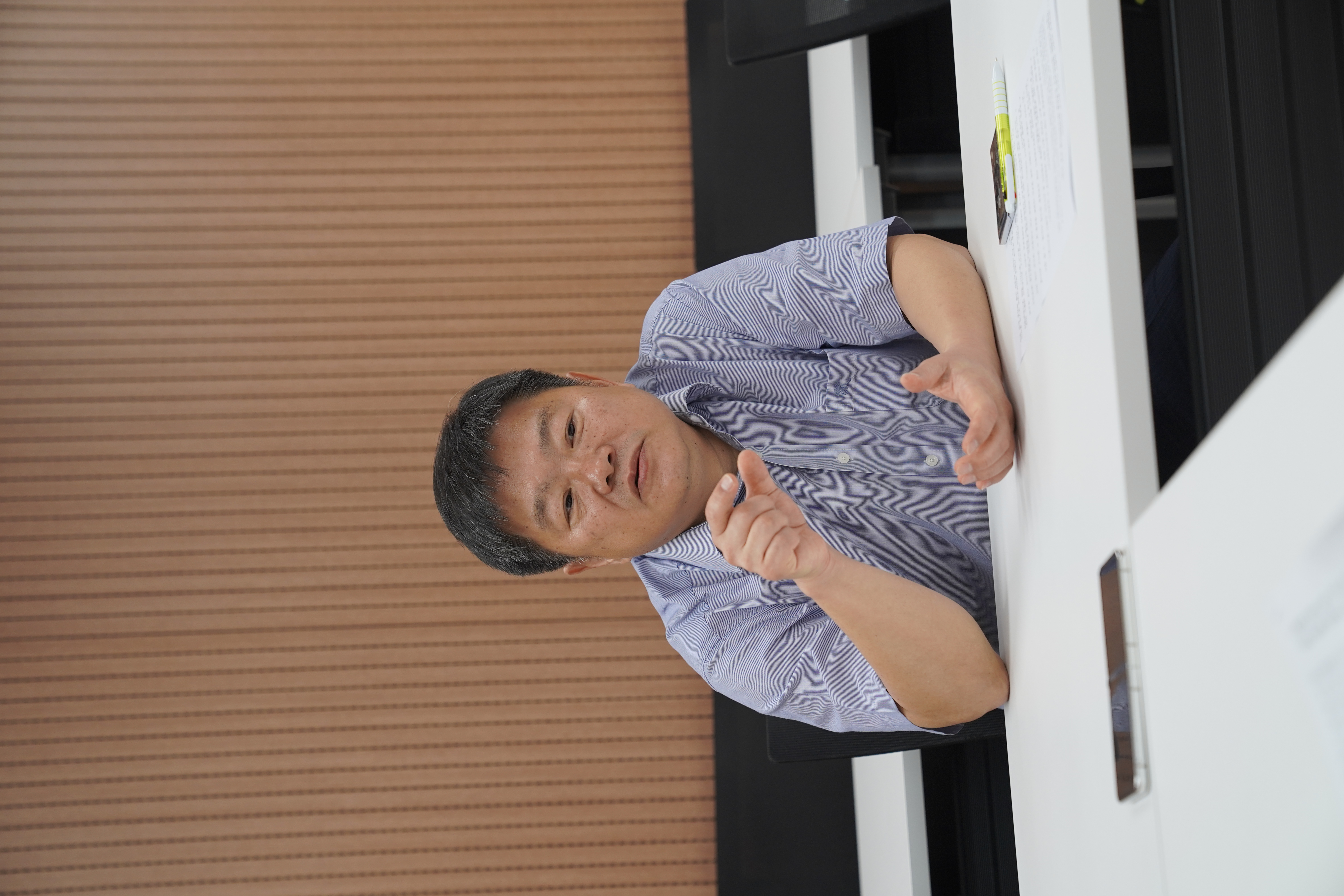
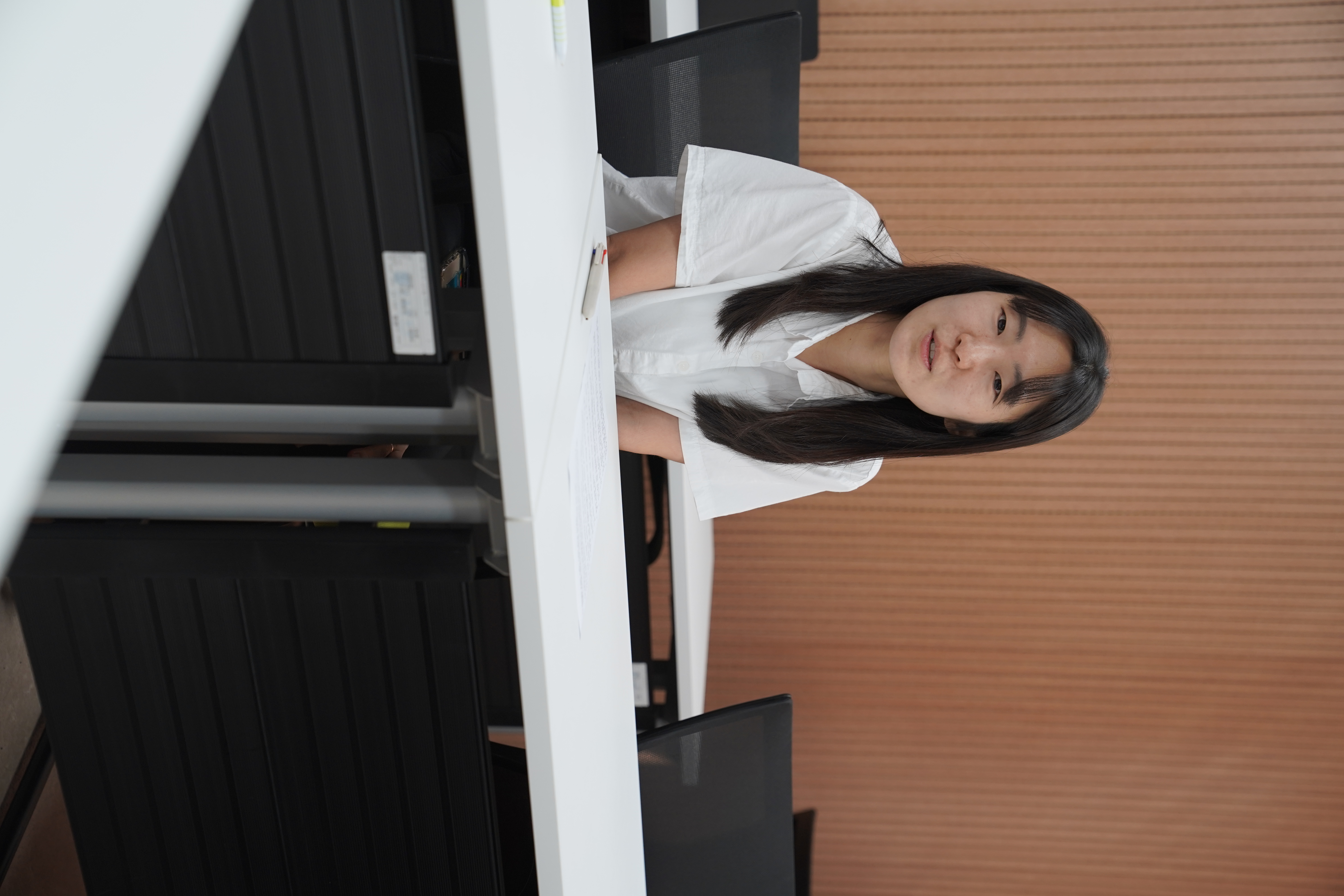
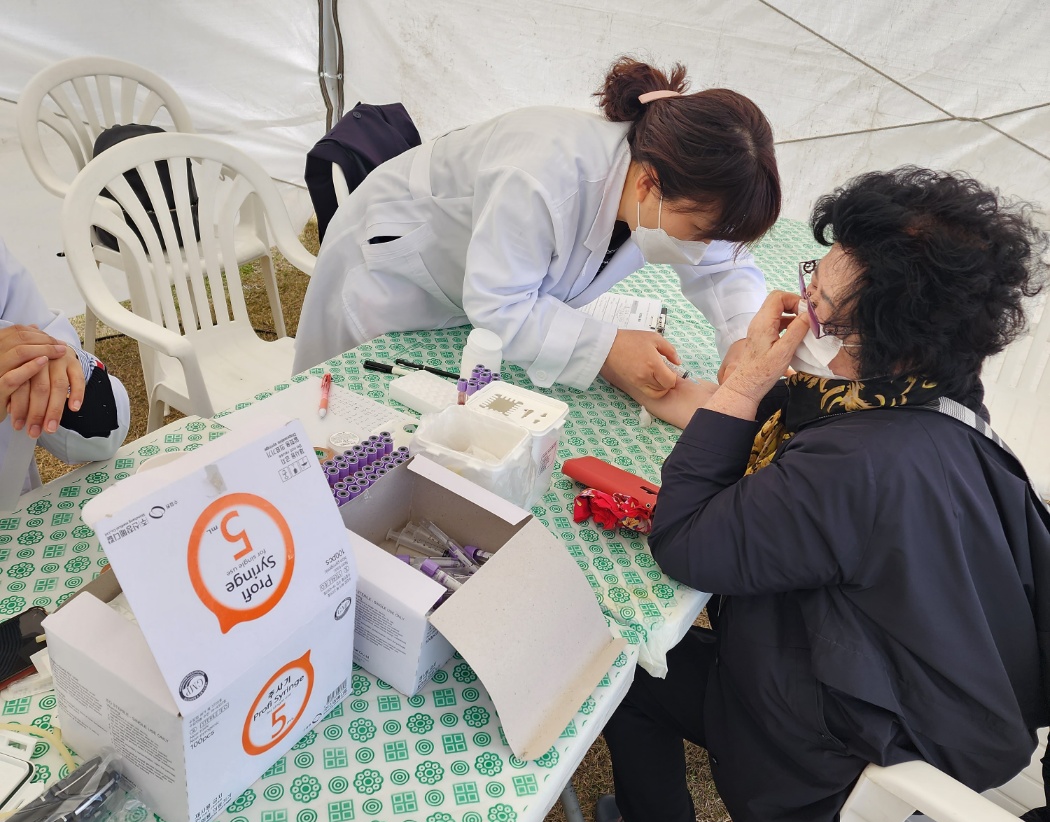 Between 2007 and 2009, we discovered 387 remains from a mass killing during Jeju 4‧3 at the current Jeju International Airport site, marking the beginning of full-scale DNA analysis. The early stages must have been quite challenging.
Between 2007 and 2009, we discovered 387 remains from a mass killing during Jeju 4‧3 at the current Jeju International Airport site, marking the beginning of full-scale DNA analysis. The early stages must have been quite challenging.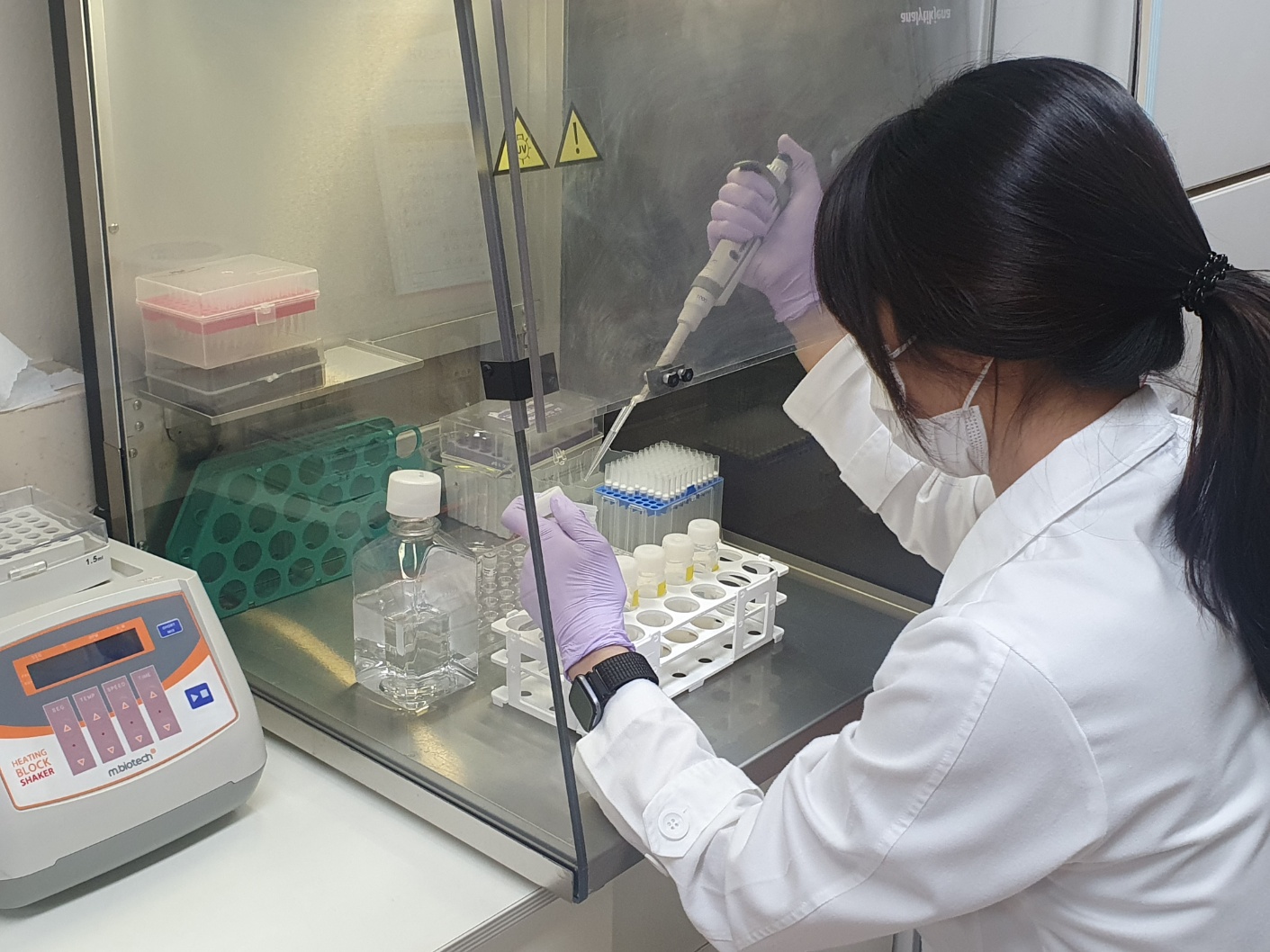 As Professor Cho mentioned, analyzing remains that are over 70 years old must be very challenging. For instance, during the excavation in Gollyeonggol, Daejeon, 200 remains were discovered, but samples could only be taken from 70 of them. Similar issues were encountered with the Jeju International Airport remains. However, as Professor Lee pointed out, advances in DNA analysis techniques have recently allowed us to achieve better identification outcomes.
As Professor Cho mentioned, analyzing remains that are over 70 years old must be very challenging. For instance, during the excavation in Gollyeonggol, Daejeon, 200 remains were discovered, but samples could only be taken from 70 of them. Similar issues were encountered with the Jeju International Airport remains. However, as Professor Lee pointed out, advances in DNA analysis techniques have recently allowed us to achieve better identification outcomes.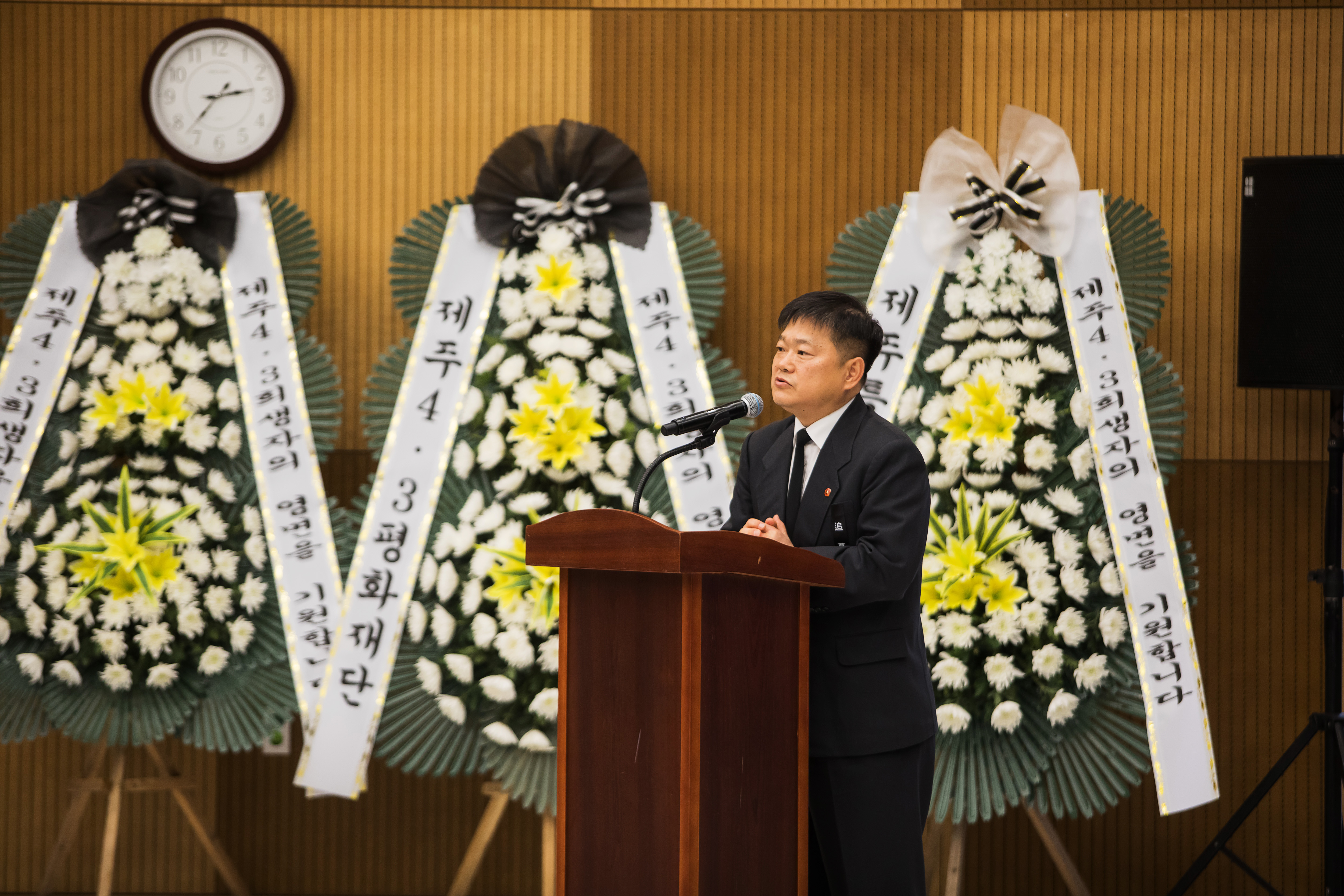 When you were first asked to take on this project, you must have approached it with the mindset of a forensic scientist. During an identification report meeting, Professor Lee, you once tearfully said, “I’m truly sorry for finding them so late.” Your sincerity was deeply felt. Over the course of this work, how has your perspective changed compared to when you first started?
When you were first asked to take on this project, you must have approached it with the mindset of a forensic scientist. During an identification report meeting, Professor Lee, you once tearfully said, “I’m truly sorry for finding them so late.” Your sincerity was deeply felt. Over the course of this work, how has your perspective changed compared to when you first started?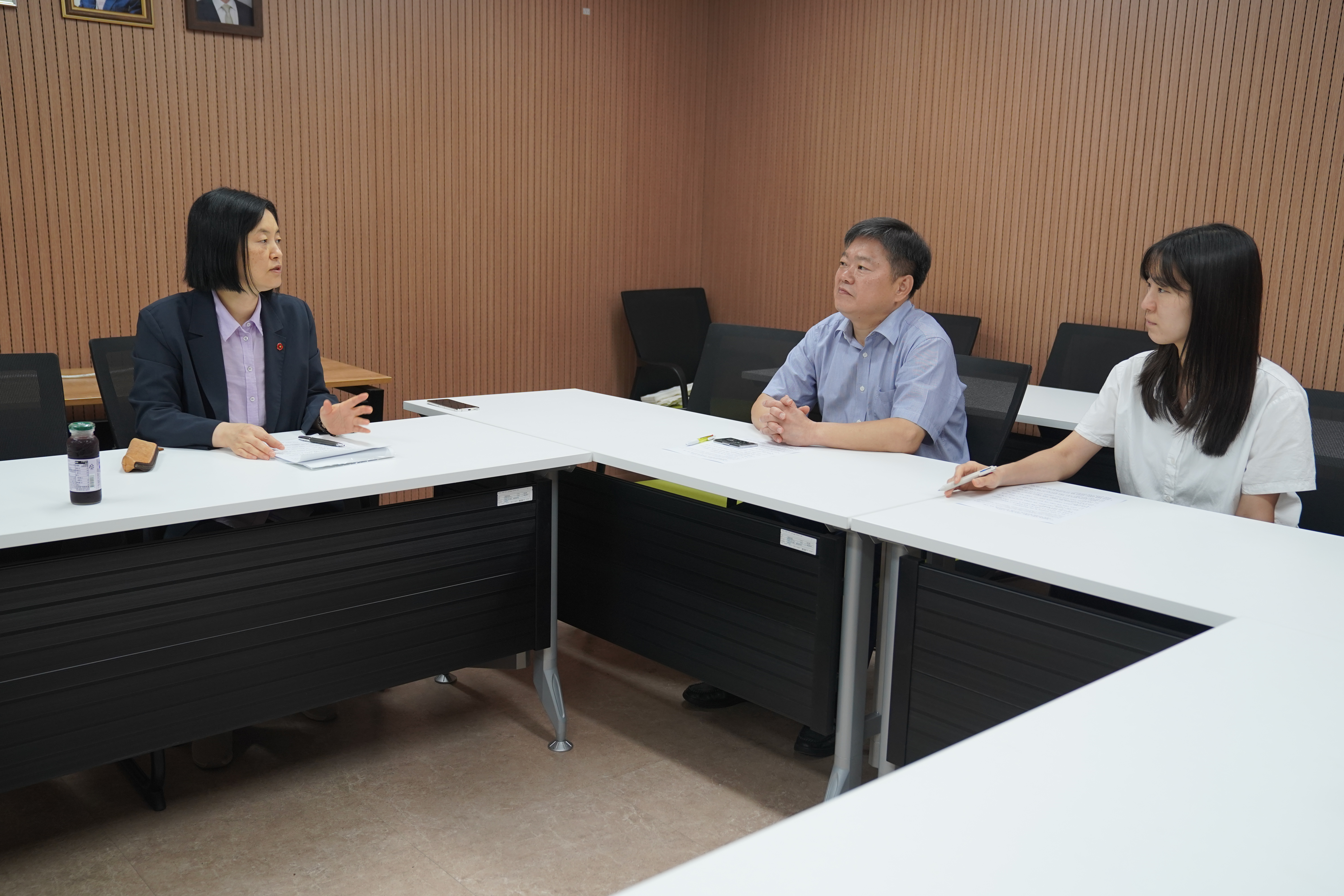
 Ban Yeong-gwan, Head of Research and Investigation Team
Ban Yeong-gwan, Head of Research and Investigation Team Inauguration of the Jeju 4‧3 UNESCO Memory of the World Inscription Committee (February 20, 2023)
Inauguration of the Jeju 4‧3 UNESCO Memory of the World Inscription Committee (February 20, 2023)
 The 5th Jeju 4‧3 Peace Prize Ceremony (May 30, 2023): Gareth Evans wins main prize; special prize awarded to Kang Yo-bae
The 5th Jeju 4‧3 Peace Prize Ceremony (May 30, 2023): Gareth Evans wins main prize; special prize awarded to Kang Yo-bae